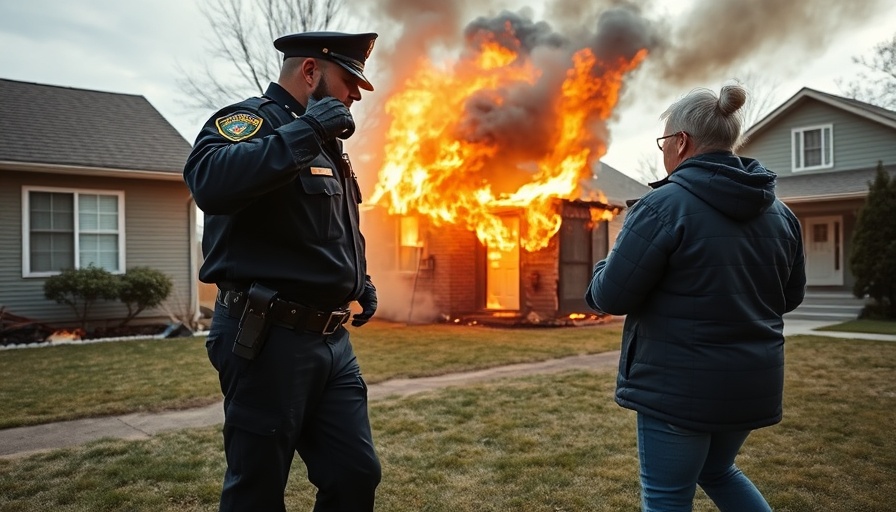
Understanding the Incident: A Closer Look at Body Camera Footage
In a recent episode that has drawn significant attention across law enforcement circles, the body-worn camera (BWC) footage from a Texas police department has surfaced, illustrating a critical incident involving an officer-involved shooting (OIS). This stark visual documentation has not only provided vital insights into the immediate moments before the shooting but also raised crucial questions about police practices and community safety.
Context of the Pursuit: What Led to the Confrontation?
The confrontation began with a high-speed chase that culminated in the driver, who later faced the officer directly with his vehicle, prompting the officer to discharge his weapon. The incident underscores the unpredictable nature of police work where milliseconds can turn a routine traffic stop into a life-threatening situation. Understanding the dynamics of these high-stakes scenarios sheds light on the pressing need for effective police training programs that prioritize officer safety alongside community safety.
The Role of Body Cameras in Law Enforcement Accountability
Body cameras are touted as a cornerstone of police accountability, offering transparent, immersive insights into officer encounters with the public. This incident highlights their multifaceted role—not only serving as a tool for holding officers accountable but also for protecting them against potential misconduct claims. The footage enables law enforcement leaders to analyze critical decision-making processes under stress, ensuring that policies are both responsive and informed.
Taking Action After the Footage Release: Community Relations at Stake
In the aftermath of such significant events, how police departments engage with their communities is paramount. The footage's release has the potential to either bridge gaps or exacerbate tensions between law enforcement and community members. Activists and community advocates urge transparency and engagement from departments to foster improved police-community relations. Incorporating public forums for dialogue can help mitigate fears and build trust, emphasizing law enforcement's commitment to improving community relations.
Future of Police Technology: What’s Next?
The incident prompts speculation on advancing police technology, including how law enforcement agencies might integrate AI analytics not just for surveillance but also for predictive policing, potentially increasing operational efficiency while reducing the likelihood of similar tense encounters. Furthermore, as the industry anticipates shifts in public perception of policing, departments might be encouraged to invest in comprehensive training programs focused on mental health and stress management, addressing officer wellness during critical situations.
As we draw lessons from this incident and consider the implications of technology in policing, it becomes clear that fostering a culture of learning and adaptability will be essential for both officer safety and effective community engagement moving forward. Addressing these aspects proactively can lead to substantive changes that enhance the police force's transparency, accountability, and overall effectiveness.
In times of increased scrutiny on law enforcement practices, it is essential for police departments across the nation to evaluate their training programs, community relations strategies, and the integration of new technologies. Staying informed and adaptable in our rapidly evolving field helps ensure that we are not just reacting to incidents but proactively improving our practices for the safety of all involved.
 Add Row
Add Row  Add
Add 

 Add Element
Add Element 


Write A Comment